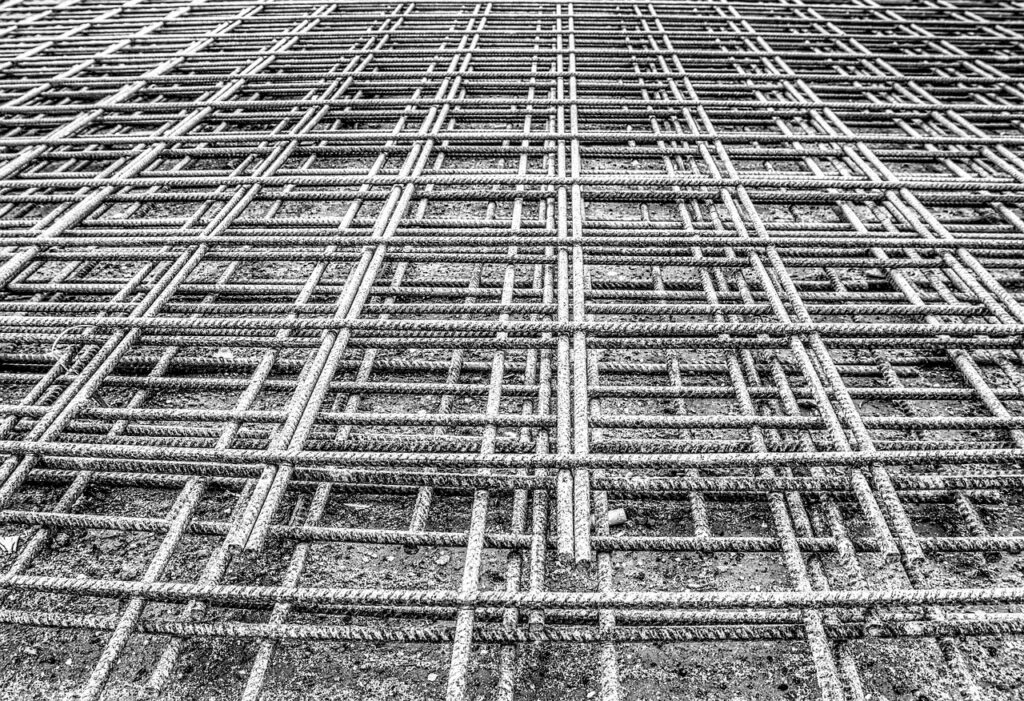Metal buildings have become a go-to solution for everything. You don’t believe us? Well, look around. It is used as residential garages, barns, commercial warehouses, and industrial facilities.
Their durability, affordability, and ease of construction make them an attractive option for a wide range of projects. Unfortunately, one of the most critical yet often overlooked aspects of any metal building is its foundation.
A strong foundation ensures the stability and safety of the entire structure. In this guide, we will walk you through everything you need to know about metal building foundation design, from choosing the right type to understanding key engineering principles.
Why the Foundation Matters
The foundation is the base upon which the entire building stands, making it one of the most important components of any construction project. It serves as the interface between the building and the ground, distributing the structure’s weight evenly and preventing differential settling that could compromise the integrity of the building. A well-designed foundation not only supports the structure but also ensures it remains level and stable over time.
When a foundation is poorly designed or improperly installed, it can lead to serious issues including structural instability, moisture infiltration, and expensive repairs. Water can seep into cracks and crevices, causing erosion, mold growth, and weakening of materials. Over time, this deterioration can threaten the safety of the building and require extensive remedial work. These problems can be especially troublesome in metal buildings where moisture can also lead to corrosion of the metal components.
Metal buildings, which are typically lighter than their wood or concrete counterparts, introduce unique considerations into foundation design. Because they don’t weigh as much, the forces they exert on the ground differ significantly, requiring careful engineering to ensure that wind uplift, seismic activity, and soil movement are effectively managed. A properly engineered foundation not only stabilizes the structure but also prolongs its lifespan and enhances overall performance.
Types of Foundations for Metal Buildings
There are several types of foundations commonly used for metal buildings, and each comes with its own set of advantages and considerations. The choice depends on factors like soil type, building size, local climate, and intended use of the structure.
Slab-on-Grade Foundation
This is the most common foundation type for metal buildings. A slab-on-grade foundation consists of a concrete slab poured directly at ground level. It’s simple, cost-effective, and works well for most applications, especially for small to mid-sized structures like garages, storage buildings, and workshops. Reinforcement with steel mesh or rebar adds tensile strength, and control joints help prevent cracking.
Perimeter or Pier Foundations
For buildings constructed in areas with unstable or expansive soil, a perimeter foundation or pier system may be more appropriate. In a pier foundation, concrete piers are poured below the frost line and spaced around the perimeter and interior load points of the building. This type of foundation elevates the building and provides excellent support and ventilation.
Floating Slabs
A floating slab is a variation of the slab-on-grade foundation but without deep footings. It’s best suited for buildings where soil conditions are stable and frost heave isn’t a concern. The slab “floats” on the ground, and the building is anchored to it with embedded bolts or brackets.
Basement Foundations
While less common for metal buildings, basement foundations can be used for residential or commercial applications where below-ground space is required. This involves significant excavation and a more complex design but offers additional usable space.
Crawl Space Foundations
Similar to basement foundations, crawl space foundations elevate the building and provide access to plumbing and electrical systems. They consist of short perimeter walls (called stem walls) and internal support piers.
Key Considerations in Foundation Design
Several critical factors influence the design of a metal building foundation. Ignoring any of these can compromise the structure’s integrity and performance.
Soil Conditions
Before foundation work begins, a soil analysis or geotechnical report is typically required. Soil type affects how loads are distributed and how much the soil will compress or shift over time. Clay, sand, loam, and rocky soils all behave differently under pressure. Poor soil may necessitate deeper footings or the addition of gravel and compacted fill.
Load Requirements
Metal buildings must withstand various loads, each contributing to the overall demands on the structure. Dead loads refer to the weight of the building materials and structural components. Live loads include the dynamic weight of occupants, vehicles, equipment, and stored goods inside the building. Environmental loads such as wind and snow must also be factored into the design, as they can exert significant lateral and vertical forces.
In certain geographic areas, seismic loads are another essential consideration, requiring the foundation to accommodate potential ground movement. The foundation must be designed to handle all of these forces and effectively transfer them into the ground, ensuring the building remains stable and secure under all expected conditions.
Frost Line Depth
In colder climates, frost heave is a major concern. Water in the soil can freeze and expand, pushing against the foundation and causing it to shift or crack. Foundations must be placed below the frost line—the depth to which the ground freezes in winter—to prevent damage.
Drainage and Moisture Control
Water is the enemy of most foundation systems. Poor drainage can lead to erosion, settling, and mold growth. Proper grading around the building, installation of French drains, and the use of vapor barriers and waterproof membranes can help protect the foundation.
Anchoring and Bracing
Anchoring systems secure the metal building to the foundation, preventing uplift and lateral movement during storms or seismic events. These anchors may be embedded in the concrete or added post-construction. Bracing systems inside the building also help distribute forces evenly.
Reinforcement and Materials
Reinforced concrete is the standard material for most metal building foundations. Reinforcement is typically done with rebar, wire mesh, or fiber additives. The mix of the concrete itself is also important—high-strength concrete is needed for load-bearing areas.
Design Process: Step-by-Step
Designing a foundation for a metal building involves several stages, each of which should be guided by a qualified engineer or architect.
- Site Assessment: Survey the site and obtain a soil analysis.
- Load Calculation: Determine all applicable loads based on building size, use, and location.
- Foundation Type Selection: Choose the best foundation type based on soil, climate, and design requirements.
- Engineering Design: Create detailed drawings and specifications.
- Permitting: Submit plans to local authorities for approval.
- Construction: Excavate, form, pour, and cure the foundation.
- Inspection: Ensure compliance with all codes and specifications.
Common Mistakes to Avoid
Even with careful planning, mistakes can happen. Here are some of the most common foundation design and installation errors:
- Skipping the soil analysis
- Underestimating load requirements
- Using subpar concrete mix
- Improper placement of rebar or mesh
- Inadequate drainage solutions
- Neglecting frost protection
The Role of Local Building Codes
Local building codes govern almost every aspect of foundation design, from minimum depth and width to reinforcement requirements and anchoring methods. Working with professionals who understand local codes is essential to avoid fines, delays, or unsafe conditions.
Sustainable and Green Foundation Practices
Eco-friendly foundation options are becoming more popular. These include the use of recycled concrete, low-carbon cement, and pervious concrete that allows water to drain through. Proper site preparation can also minimize environmental impact by reducing soil disruption and preserving natural drainage patterns.
Foundation Maintenance Tips
Once the foundation is installed, ongoing maintenance is important. Regular inspections can catch cracks, shifts, or water damage early. Keeping gutters and downspouts clear, regrading the soil around the foundation, and sealing any small cracks can extend the life of your foundation and building.
Retrofitting and Repair
Older metal buildings may require foundation upgrades to meet modern codes or support heavier loads. This can involve underpinning, adding piers, or replacing sections of the slab. Foundation repairs should always be performed by licensed professionals.
Working with Professionals
Foundation design is not a DIY job. Engineers, architects, and contractors play key roles in ensuring that your metal building has a safe, stable base. Investing in professional services up front can save time, money, and headaches in the long run.
Conclusion
Designing the right foundation for your metal building is critical to the success of your project. From understanding soil conditions to selecting the appropriate foundation type, every decision plays a role in ensuring durability, safety, and functionality. With the guidance of experienced professionals and careful adherence to building codes, you can create a foundation that supports your metal structure for decades to come. Whether you’re building a simple shed or a complex commercial facility, a solid foundation sets the stage for everything that follows.

